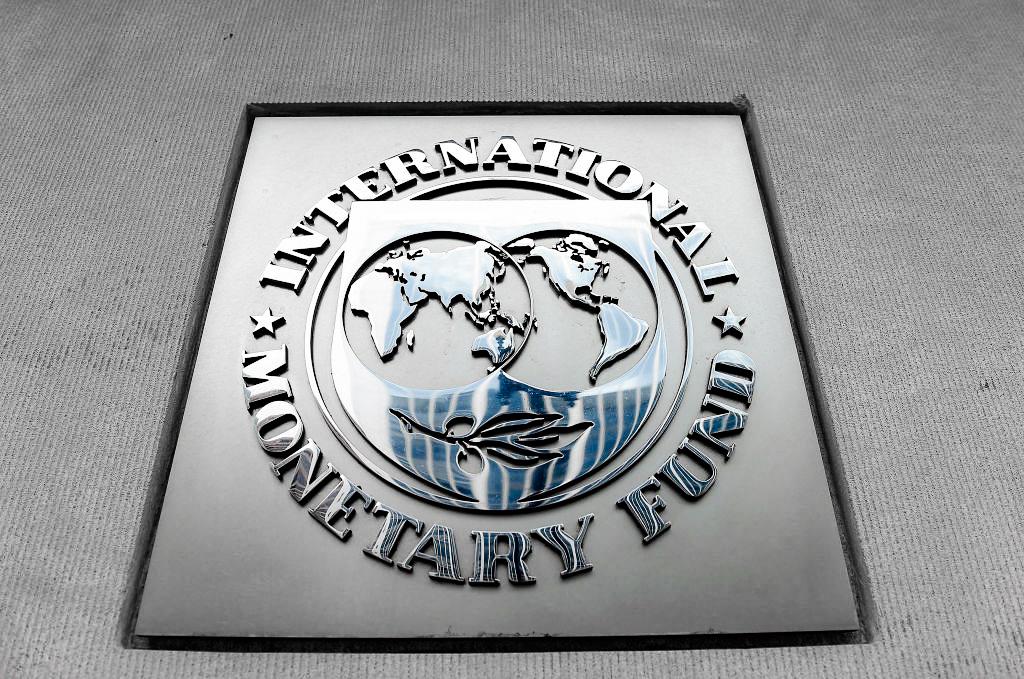Furniture retailer Conn’s filed for bankruptcy and is shutting down outlets nationwide after experiencing a slowdown in recent years that negatively affected the firm’s sales and liquidity.
“The resulting slowdown in the Company’s growth has placed a strain on the company’s sales and liquidity position,” Mr. Miller said.
Conn’s key debtors reduced the debt limit available to the firm, and the company was forced to take in loans at higher costs.
The company sought alternative financing arrangements to stabilize its financial position. However, none of these attempts bore fruit.
Given the macroeconomic headwinds faced by Conn’s and the poor merger and acquisition environment in the consumer retail sector, the firm chose to commence Chapter 11 proceedings, the filing said.
Shares Crash
The company’s shares have crashed significantly over the past year, with its value declining by more than 92 percent. On July 24 alone, shares fell by more than 30 percent.While “there could be some consolidation” in store numbers, “I wouldn’t expect that to happen probably until next fiscal year,” he said in the call.
Mr. Miller said that a recent acquisition made by the company would result in one-time costs in the April–June quarter. However, the company expected to produce “accelerating revenue and earnings growth through this year.”
“I want to reiterate my optimism for our path going forward. Over the coming quarters, I am confident we will start to benefit from the powerful financial model we are creating, which is supported by our premium shopping experience, best-in-class payment offerings, leading e-commerce capabilities, and unique dealer network,” he said.
A total of 3,016 commercial Chapter 11 bankruptcies were filed in the January–June period this year, an increase of 34 percent from last year, the American Bankruptcy Institute (ABI) said early this month.
“The continued increase in bankruptcy filings reflects the growing economic strain on businesses and households,” ABI Executive Director Amy Quackenboss said.
Businesses have been battered in an environment of high inflation and interest rates. The 12-month inflation rate has been hovering above 3 percent since June last year, although some analysts calculate that it may be much higher than that.
Meanwhile, the Federal Reserve has kept interest rates within a range of 5.25 percent to 5.50 percent since July last year. This combination of higher expenses is putting pressure on businesses.







